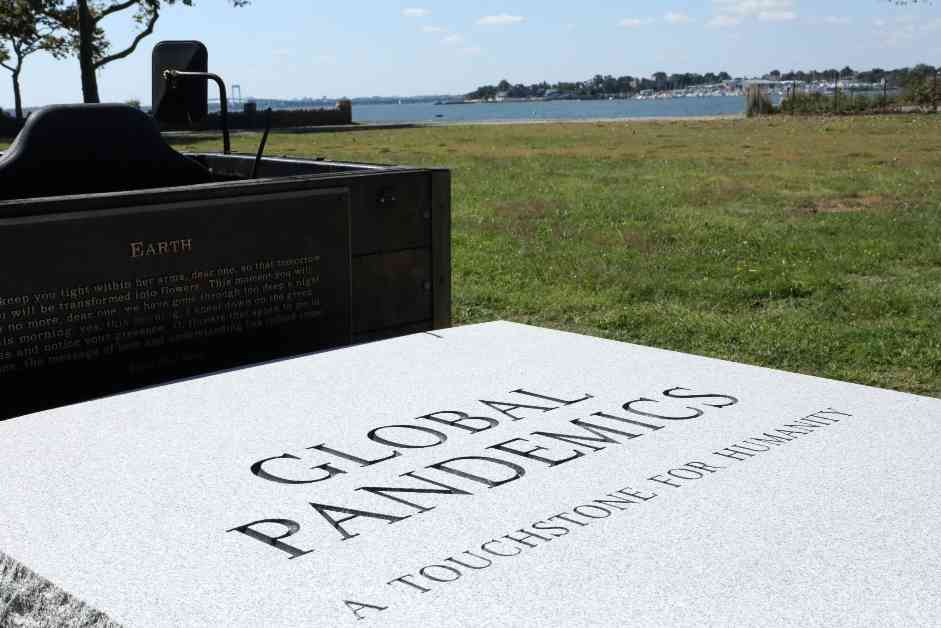New York City’s Hart Island: From Mass Burial Site to Public Park
Situated just a short ferry ride away from City Island, Hart Island stands as one of New York City’s most historic and intriguing locations. This unique island serves as the final resting place for over a million New Yorkers since 1868, making it the nation’s largest common grave. Despite its somber history, Hart Island has recently undergone a transformation, transitioning from a mass burial site to a public park under the jurisdiction of the Department of Parks and Recreation.
Exploring the Island’s Transformation
Until 2021, the Department of Correction oversaw Hart Island, utilizing inmate labor to dig mass graves. However, a City Council law shifted control of the island to the Department of Parks and Recreation, with the aim of opening up the previously inaccessible space to the public. The Human Resources Administration now manages the burial operations on the island, providing a final resting place for those who remain unclaimed or whose families cannot afford other burial options.
A Glimpse into Hart Island’s Past
During a recent press tour of Hart Island, led by Urban Park Rangers, journalists were led past various historical landmarks on the island. These include a monument to peace constructed by Rikers Island inmates in 1948 and the remnants of a 1950s-era Nike missile defense system. The island’s past as a former anti-aircraft missile site during the Cold War adds to its unique historical significance.
Preserving the Island’s Legacy
As the Parks Department works on unveiling a master plan for the island’s future, efforts are being made to enhance the visitor experience and ensure the island’s resilience to climate change. While the plan is still in development, recent reports indicate that the number of bodies interred in each mass grave has been increased to 200 caskets per trench. This adjustment aims to extend the island’s capacity for future burials without running out of space.
Advocating for Change
Advocates, such as the Hart Island Project, are pushing for a reevaluation of the current mass burial system on the island. Founder Melinda Hunt and others are advocating for individual grave sites that can be reused in perpetuity through a process known as “lift and deepen.” This approach involves consolidating remains from decades-old graves and placing a new casket in the same location.
Looking Towards the Future
While discussions about burial practices continue, the Parks Department remains focused on developing a comprehensive master plan for Hart Island. Project administrator Mitchel Loring emphasizes that any changes to burial practices would be outside the scope of the current plan. However, advocates like Melinda Hunt are urging the City Council to consider legislation that would mandate a more humane burial system on the island.
Visiting Hart Island
For family members, friends, and partners of those buried on Hart Island, the opportunity for graveside visitations is available. Additionally, guided tours led by Urban Park Rangers are open to the public, providing a rare glimpse into the island’s history and significance. Visitors must register in advance through the Parks Department, with limited capacity to ensure an enriching experience for all participants.
Conclusion
As Hart Island continues to evolve from a mass burial site to a public park, its historical significance remains a focal point for visitors and advocates alike. The island’s unique blend of natural beauty and somber history makes it a compelling destination for those seeking to explore New York City’s rich heritage. Through ongoing efforts to improve accessibility and visitor experience, Hart Island stands as a testament to the city’s commitment to preserving its past while embracing the possibilities of the future.

